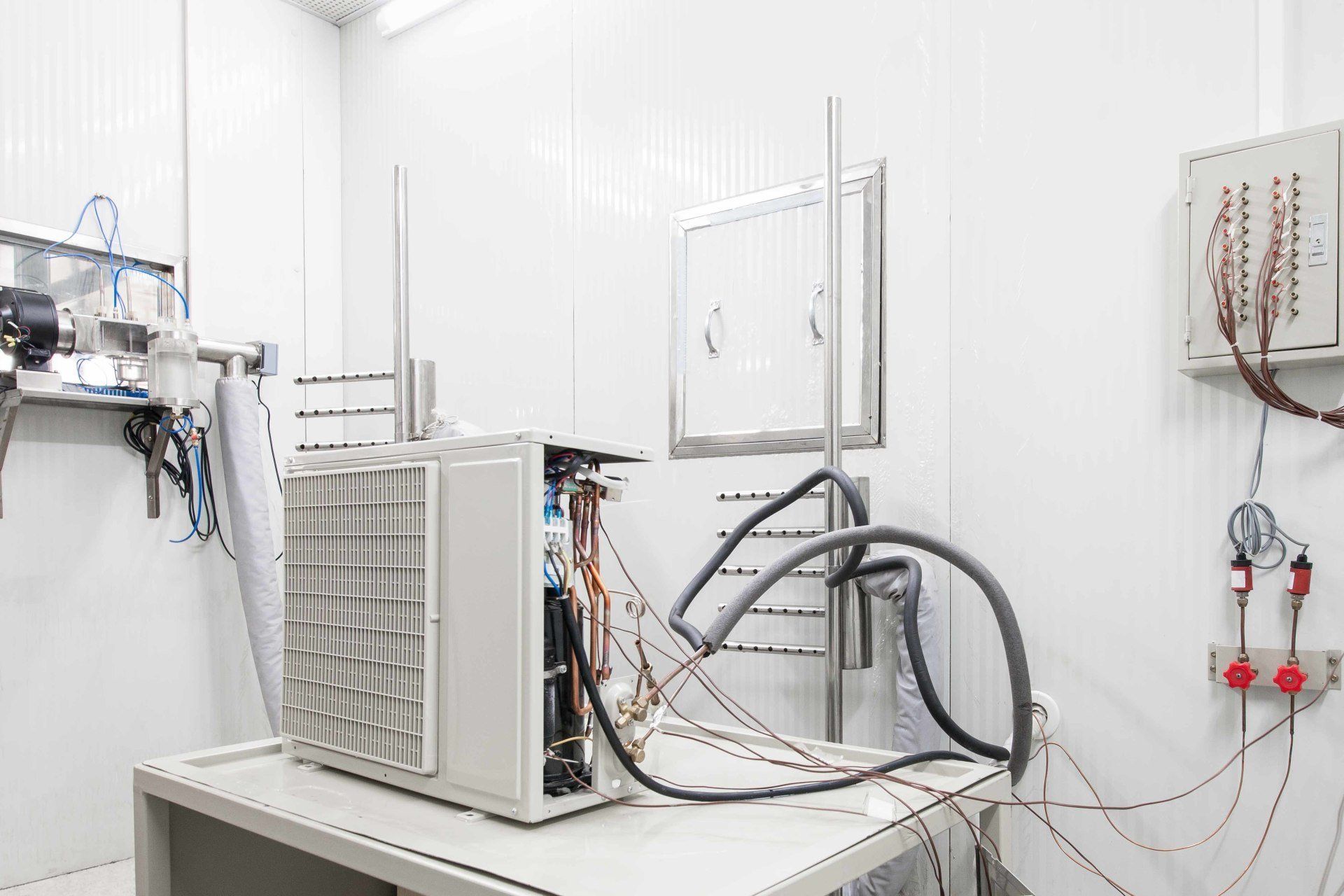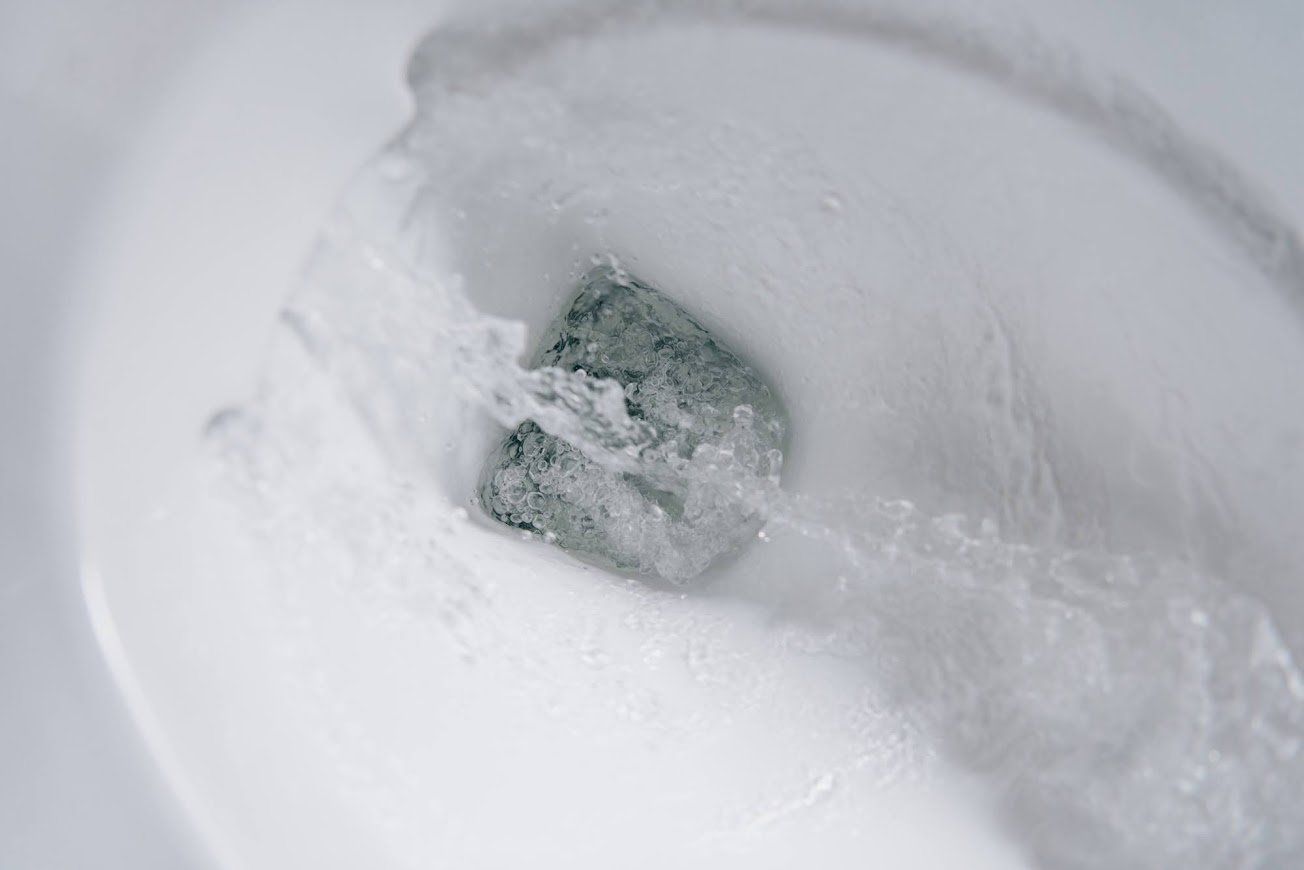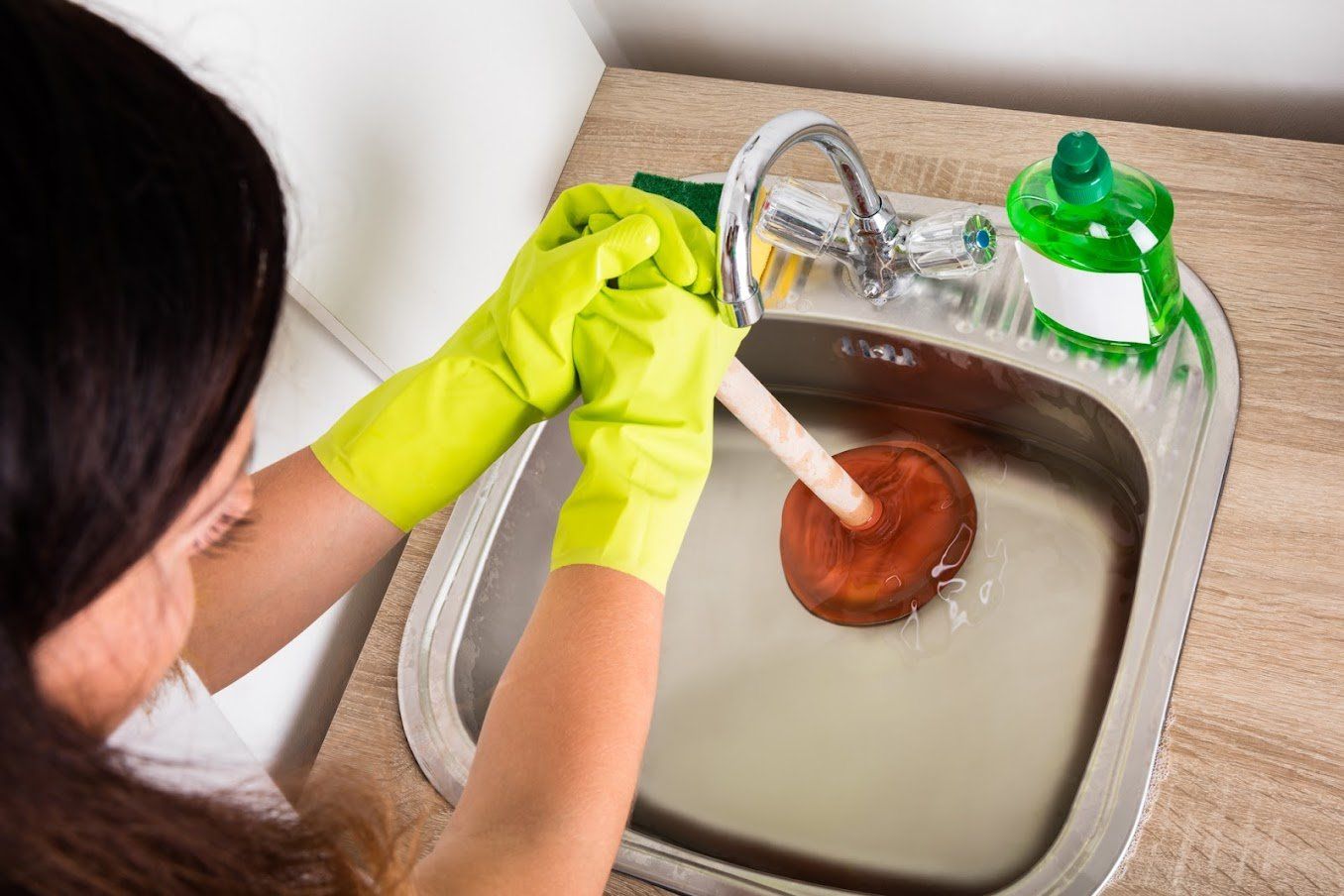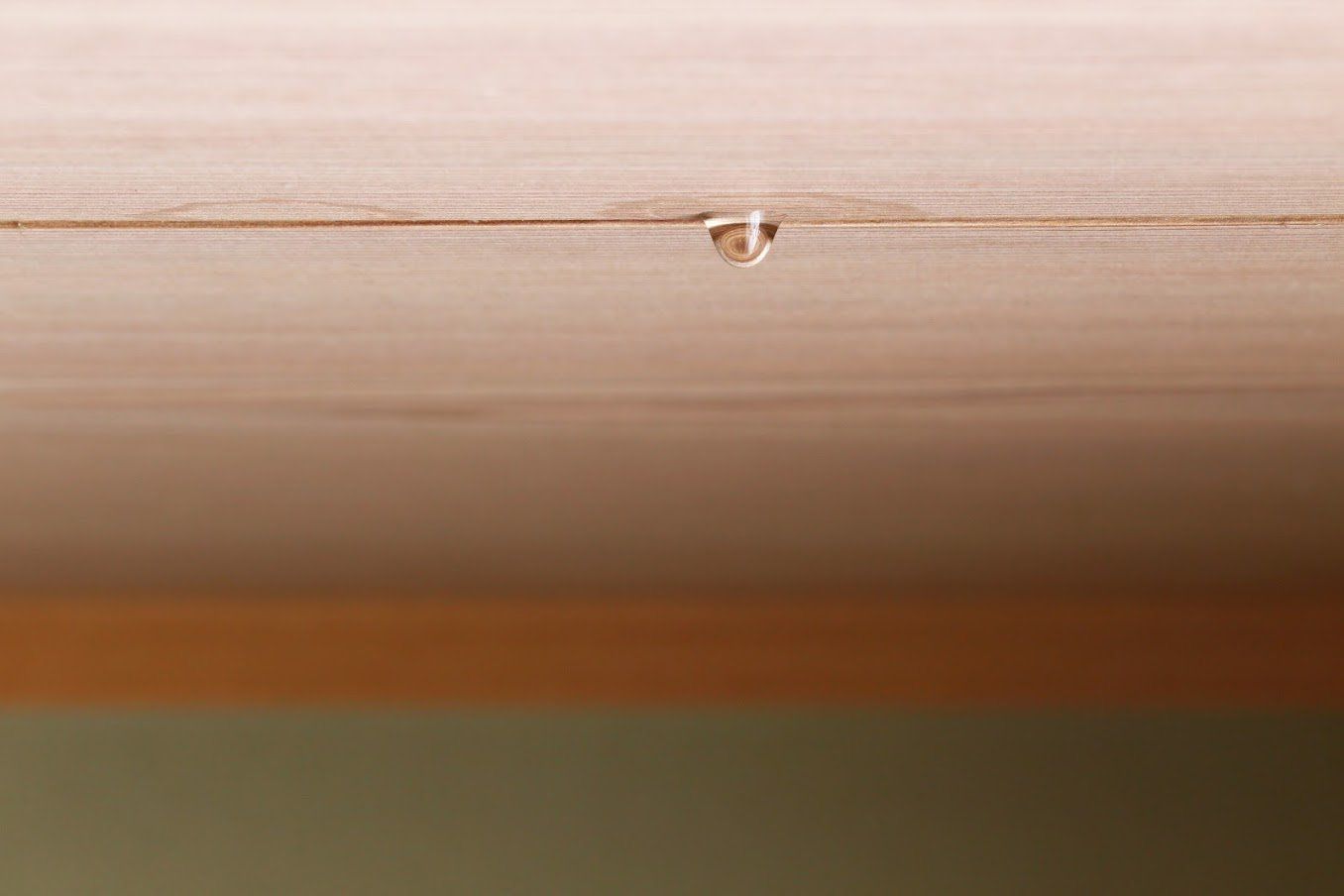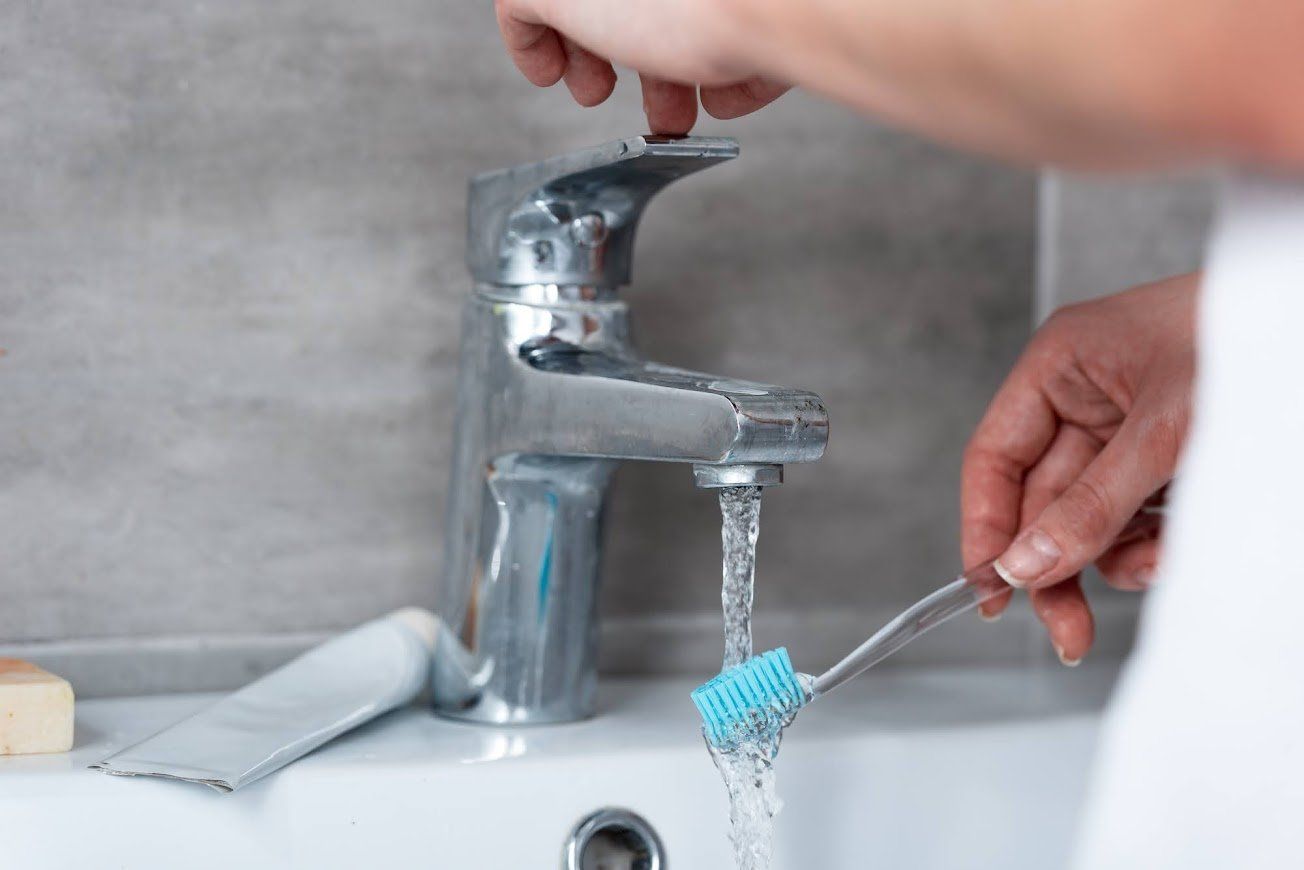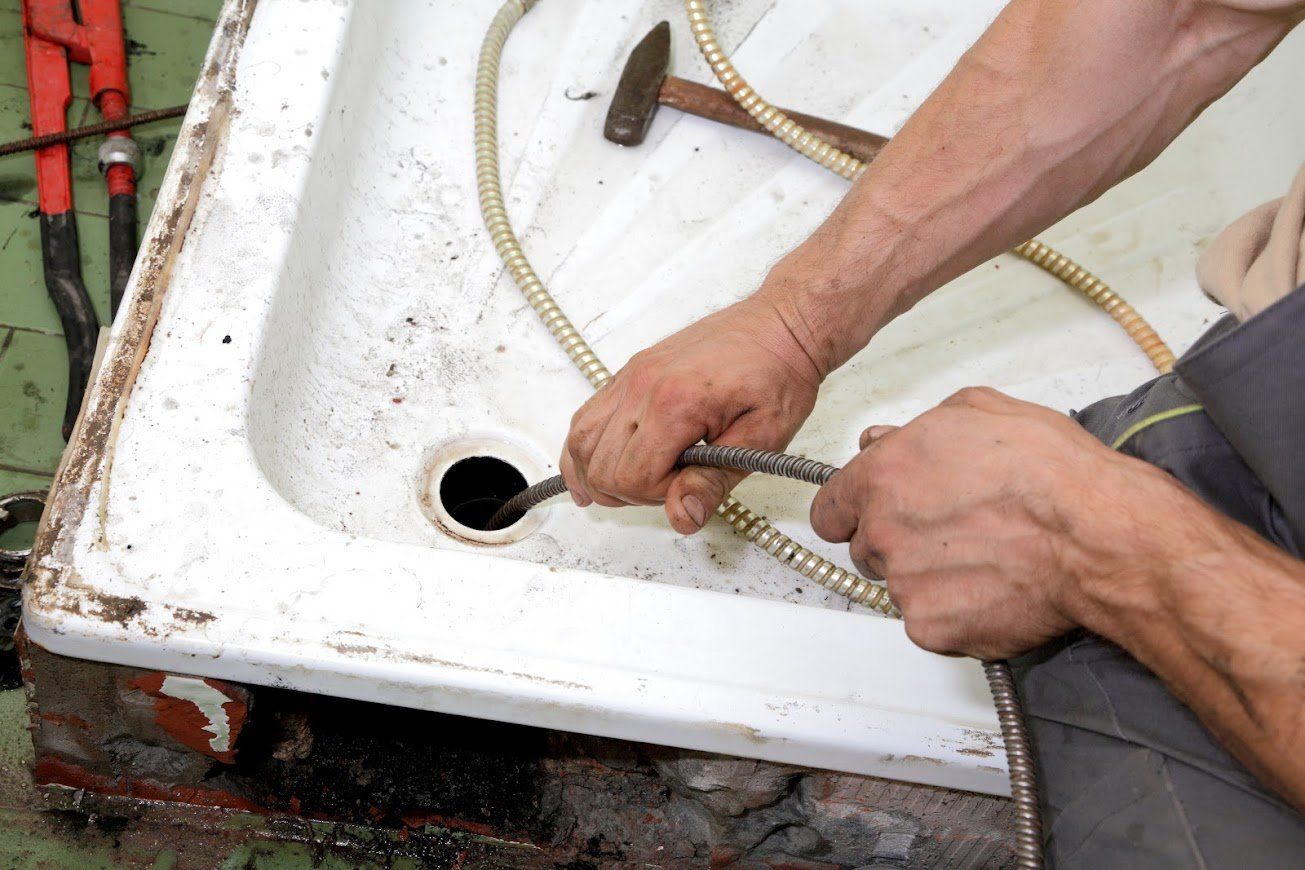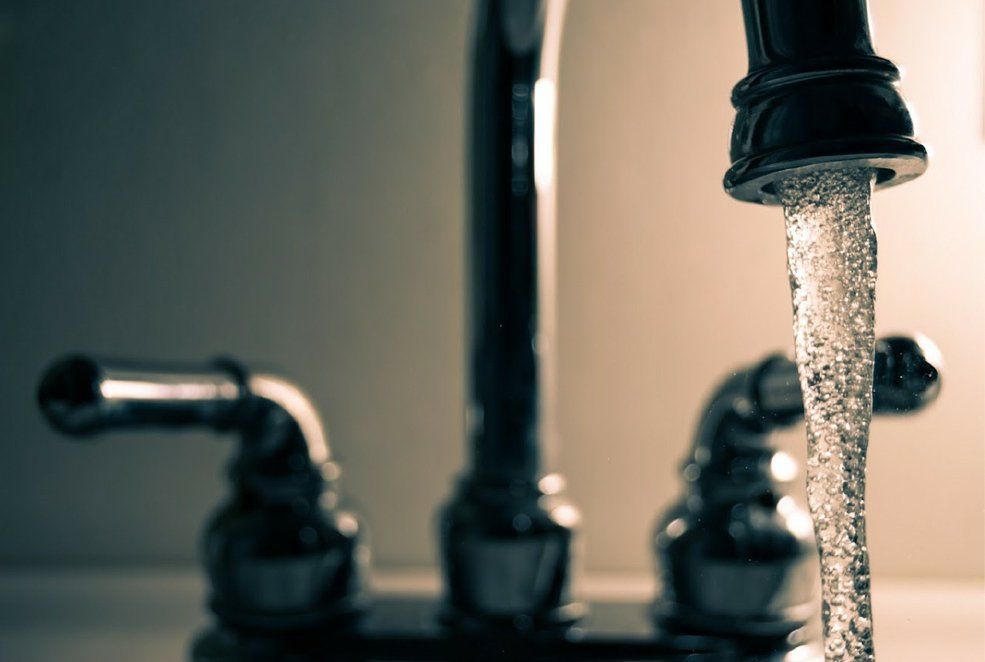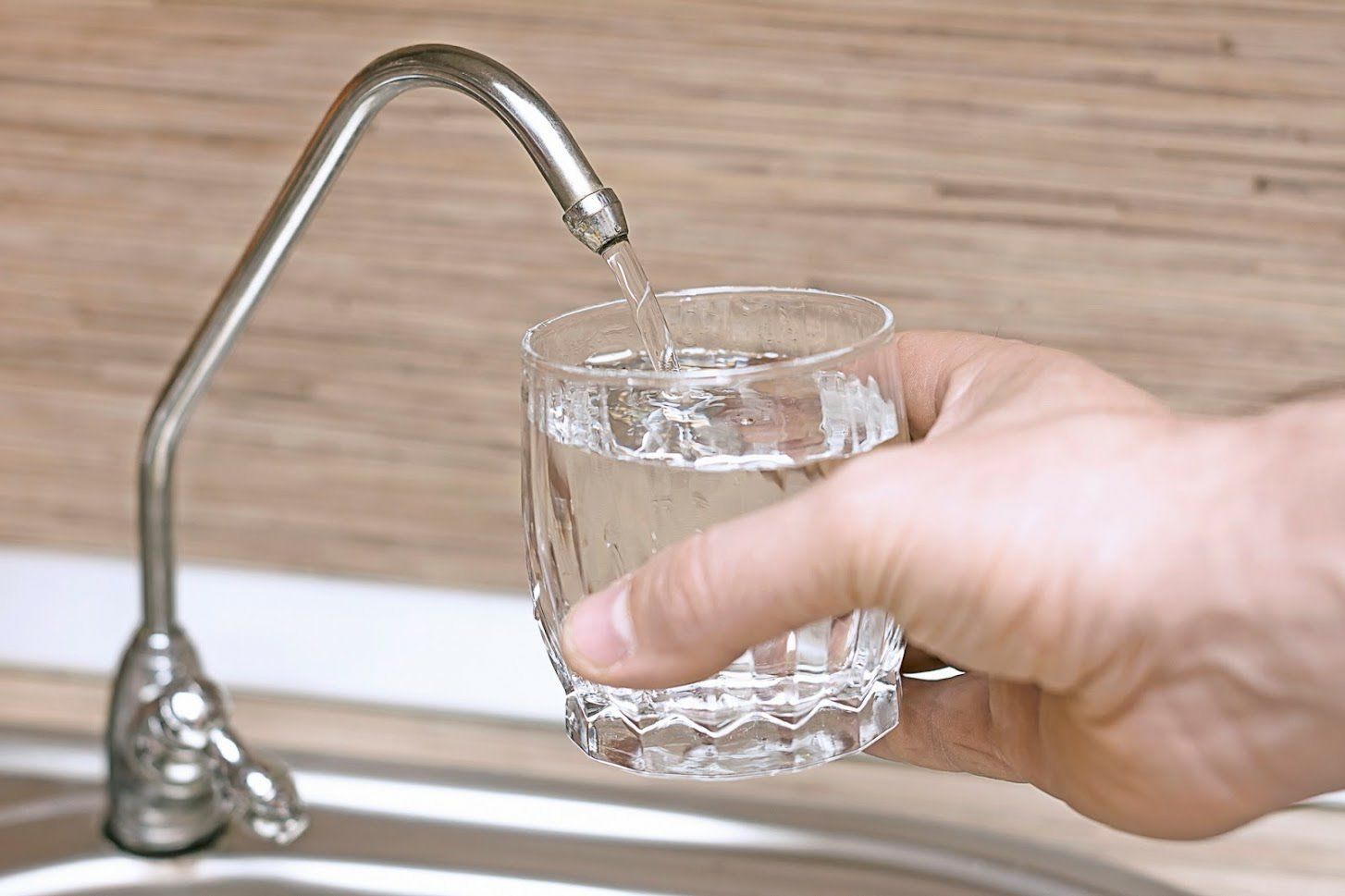5 TERMS TO KNOW REGARDING YOUR INDOOR AIR QUALITY
Admin • November 6, 2019
Your home is supposed to be a safe place, but if your indoor air is dirty, it can lead to uncomfortable complications, such as breathing difficulties. To better protect your home and health, make sure you full understand how your HVAC system deals with indoor air. If you want to know more, check out these five terms regarding indoor air quality.
1. Air Changes per Hour
The air inside your home can quickly get stagnant without help. For this reason, your HVAC system doesn't just let the air sit there. Air changes per hour refers to how often the air in a room or house is replaced with fresh air each hour.
Inside your home, air changes should happen about 3-4 per hour for basements, but 7-8 times per hour is best for kitchens. If you smoke inside your home, you may also want to ensure the system is changing the air often enough.
2. Air Cleaning
Air cleaning refers to any process that removes irritants from the indoor air. This may include minor irritations like pollen or pet dander, but it can also include bacteria, molds, viruses, etc. If left in your indoor air, these can trigger allergies, asthma attacks or other illnesses. Common dangers in your air include secondhand smoke, carbon monoxide, carbon dioxide, etc.
If you aren't sure if your indoor air needs help, you have many signs to look for. For starters, if the indoor air smells or feels stuffy, you may need clean air. Other signs include damaged flue pipes, too much humidity, not enough humidity, mold and feeling sick only while inside the house.
3. Back-Drafting
Back-drafting can happen to any appliance that uses combustion, including your HVAC system. Back-drafting happens when the pressure inside the system is negative. Instead of releasing dangerous gasses outside where they can dissipate safety, they are sent into your breathing air.
One dangerous gas that can get sent into your breathing air is carbon monoxide. Carbon monoxide messes with the body's ability to transport oxygen. Worse of all, it is odorless, so unless you have a carbon monoxide tester, you may not know your family is being poisoned.
4. Cubic Feet per Minute
Your HVAC doesn't simply need to send air to your living space; it needs to send the correct amount of air per minute. Cubic feet per minute (CFM) measures this to ensure the right amount of air is being transported at once. Typically, the bigger your home, the more air you'll need at once.
If your system doesn't send enough heated or cooled air at once, it can create drafts or hot zones, preventing you from reaching a comfortable temperature throughout the home. This may also cause the system to cycle on and off more often, which can wear it down faster.
5. Volatile Organic Compounds
Volatile organic compounds (VOCs) are dangerous gasses that come from an organic solid or liquid. These VOCs are often found in chemicals of certain products, such as pain, cleaning products, etc. Depending on how long you are exposed to the VOCs and how strong the VOCs is, you may experience mild symptoms, such as headaches, nausea, skin irritation and eye irritation.
In severe cases, however, these compounds can have long-term effects, such as cancer, liver damage, kidney damage and central nervous system damage. One of the most well-known cause of VOCs is asbestos, which is why it is no longer used.
You need to keep your indoor air quality good and prevent as many VOCs and irritants as possible. With the right HVAC system, your family will breathe better. For more information about HVAC systems and indoor air quality, contact us
at Art Douglas Plumbing Inc. today.


